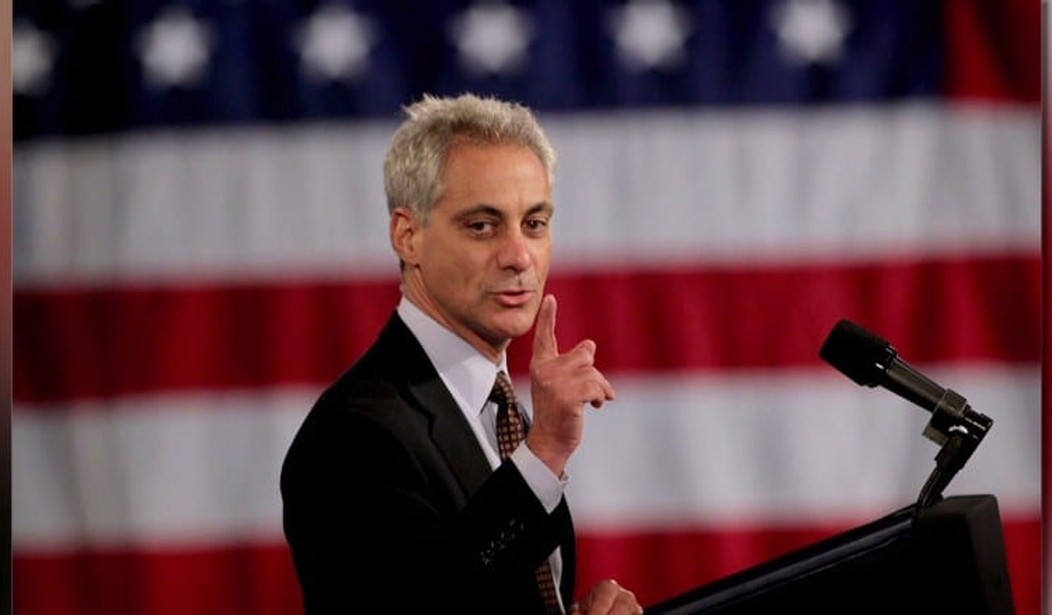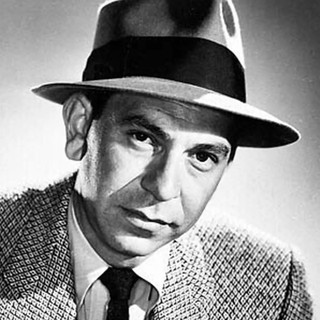Last week, the New York Times diverted itself from its current obsession, i.e., the anticipated failures of the incoming administration, and focused momentarily on one of the manifest failures of the current one.
A December 9 story by Times writer Monica Davey ran under the headline, “In Chicago, Bodies Pile Up at Intersection of ‘Depression and Rage,’” and told of the horrifying levels of violence seen in some neighborhoods of President Obama’s adopted home town.
Ms. Davey focused on a single police district, the 11th, on Chicago’s West Side, where 91 people had been killed so far this year, an 89 percent increase over the same period in 2015. Citywide, killings are up by a more modest but still shocking 56 percent over last year. Five of Chicago’s 22 police districts, all on the South or West Sides, account for most of the city’s rise in crime.
The story paints a bleak picture, to be sure. But this is the New York Times we’re speaking of, so naturally Ms. Davey didn’t go so far as to assign responsibility to President Obama for the deadly decay in Chicago.
Indeed, she seems to have gone to great lengths to avoid assigning blame to any individual or specific groups for the dystopian conditions now prevalent across large swaths of the city. To do so would have demanded recognition of the corrupt, one-party rule that has controlled the city for decades (the last Republican mayor of Chicago left office in 1931), and of the charlatans who thrive on that corruption and the problems it engenders.
Like much that is printed in the Times, the story is notable not so much for what it says but for what it doesn’t. In the paper’s view, the “depression and rage” referred to in the headline are not the result of a long history of political malfeasance, or of the depravity so routinely demonstrated by those responsible for the violence the story decries, or of the manufactured anti-police hysteria that has hamstrung the only people situated to address the problem.
Rather, they are brought about by forces beyond human control. “In places like this,” writes Ms. Davey, referring to one of Chicago’s most violent neighborhoods, “cycles reinforce themselves.”
“Cycles,” you see, like the tides or the phases of the moon.
She continues:
Poverty and joblessness breed an underground economy that leads to jail and makes it harder to get jobs. Struggling, emptying schools result in the closings of the very institutions that hold communities together. Segregation throws up obstacles to economic investment. And people and programs with good intentions come and go, thwarting hopes, reinforcing frustrations while never quite addressing the underlying problems, anyway.
Ms. Davey follows, almost inevitably, by lamenting the “lethal mix of readily available guns” and “splintering gangs” and “a sense among some here that the punishment for carrying a weapon on these streets will never be larger than the risk of not carrying one.”
Nowhere in the story is any suggestion of how all this poverty and joblessness came to be. Nor is an explanation offered for why the schools are struggling and emptying, or why the city is so segregated, or why people and programs with good intentions come and go.
Most importantly, the story does not identify the “underlying problems” at the root of all these troubles, for to do so would implicate the politicians — Democrats to a man — who have governed Chicago for generations. And any honest evaluation of Chicago’s condition would be incomplete without noting the deleterious role of the Black Lives Matter movement, which has been abetted by any number of Democrat politicians, most notably and most regrettably among them President Obama, who has hosted BLM activists at the White House.
Judging from his public statements, the president is more disturbed by the handful of blacks killed each year in legally suspect police shootings than he is by the thousands who are gunned down on the streets by other blacks.
I’ve written often on the poisonous lies of the Black Lives Matter movement and the credulous politicians who support it. But should anyone need further evidence that BLM is not the innocuous social-welfare crusade it purports to be and is rather just another front for Marxism, it was provided recently on the occasion of Fidel Castro’s long overdue death.
As reported here on PJ Media by Tyler O’Neil, BLM posted an encomium to “El Commandante” that has to be read to be believed. Among Castro’s acts for which BLM expressed its gratitude was his harboring of Mama Assata Shakur, formerly known as JoAnne Chesimard.
In 1973, Chesimard was involved in a gun battle with police in New Jersey, in which she was wounded and Trooper Werner Forester was killed. Chesimard was convicted for the murder, among other felonies, and sent to prison. She escaped in 1979 and made her way to Castro’s embrace in Cuba, where she remains today.
These are the people whose calls are answered at Chicago City Hall, at Police Department Headquarters, and, yes, at the White House. Is it any wonder that police morale is low and still declining in Chicago? Or that arrests are down by 24 percent from the already low 2015 numbers?
Chicago is in the process of surrendering to its gangs, all because too many people, including President Obama, cling to the childish fantasy that crime would disappear if only the cops were nicer.
Seven hundred and sixty-one people have been killed in the city so far this year, and it is only the frigid weather that might prevent that number from going over 800 by Dec. 31. But whatever the final death tally for the year turns out to be, one thing is all but certain: next year’s will be worse.










Join the conversation as a VIP Member